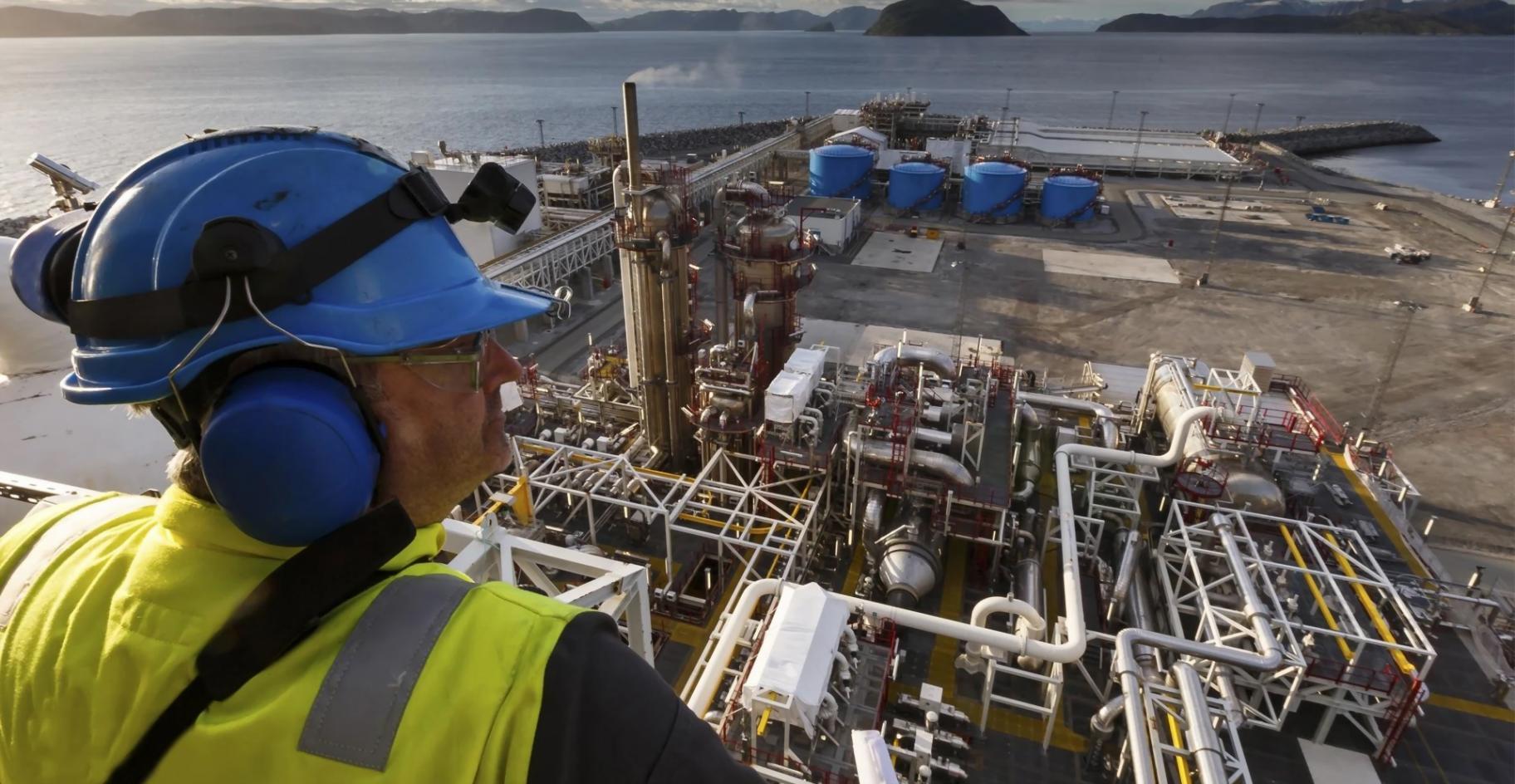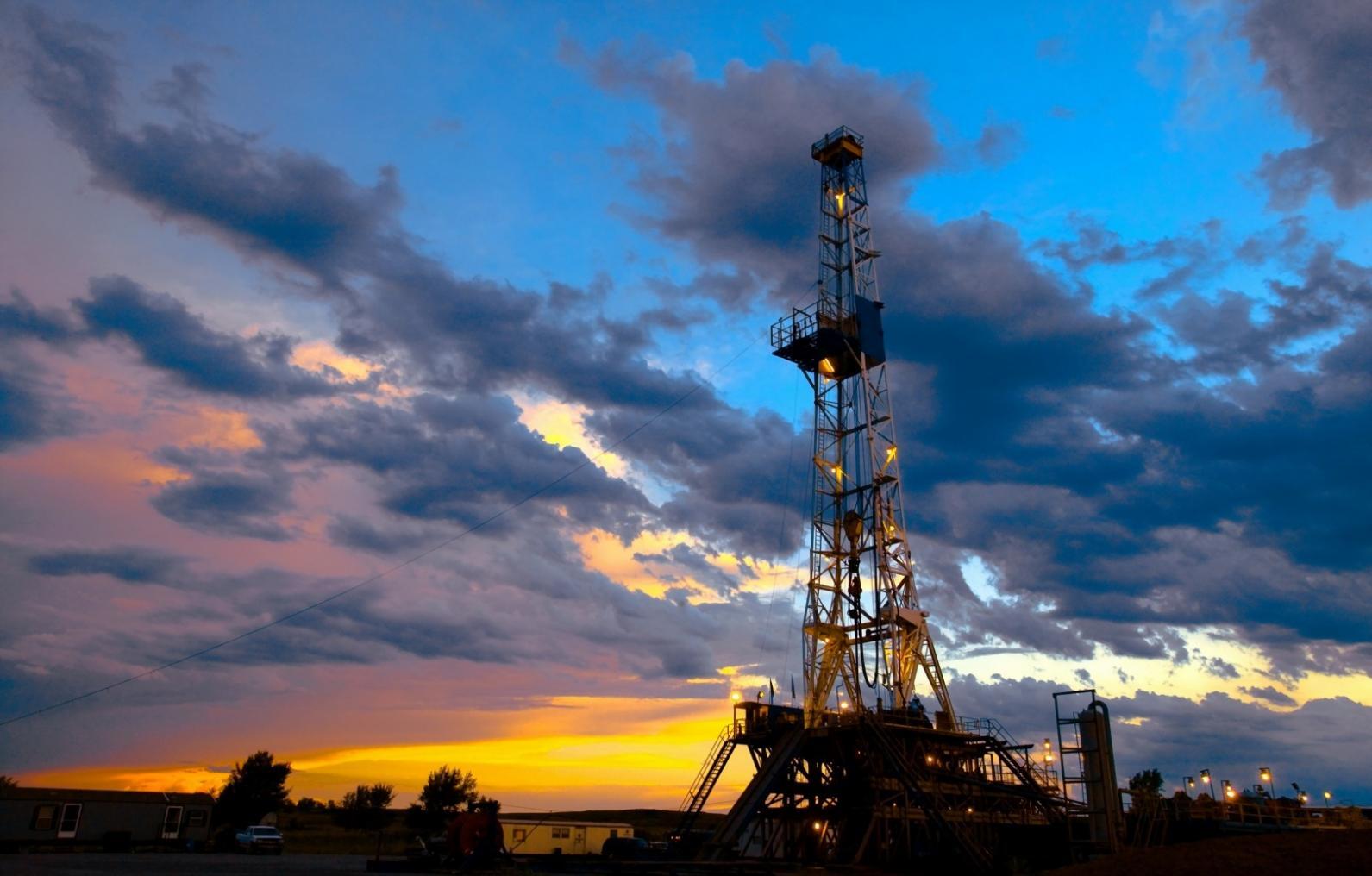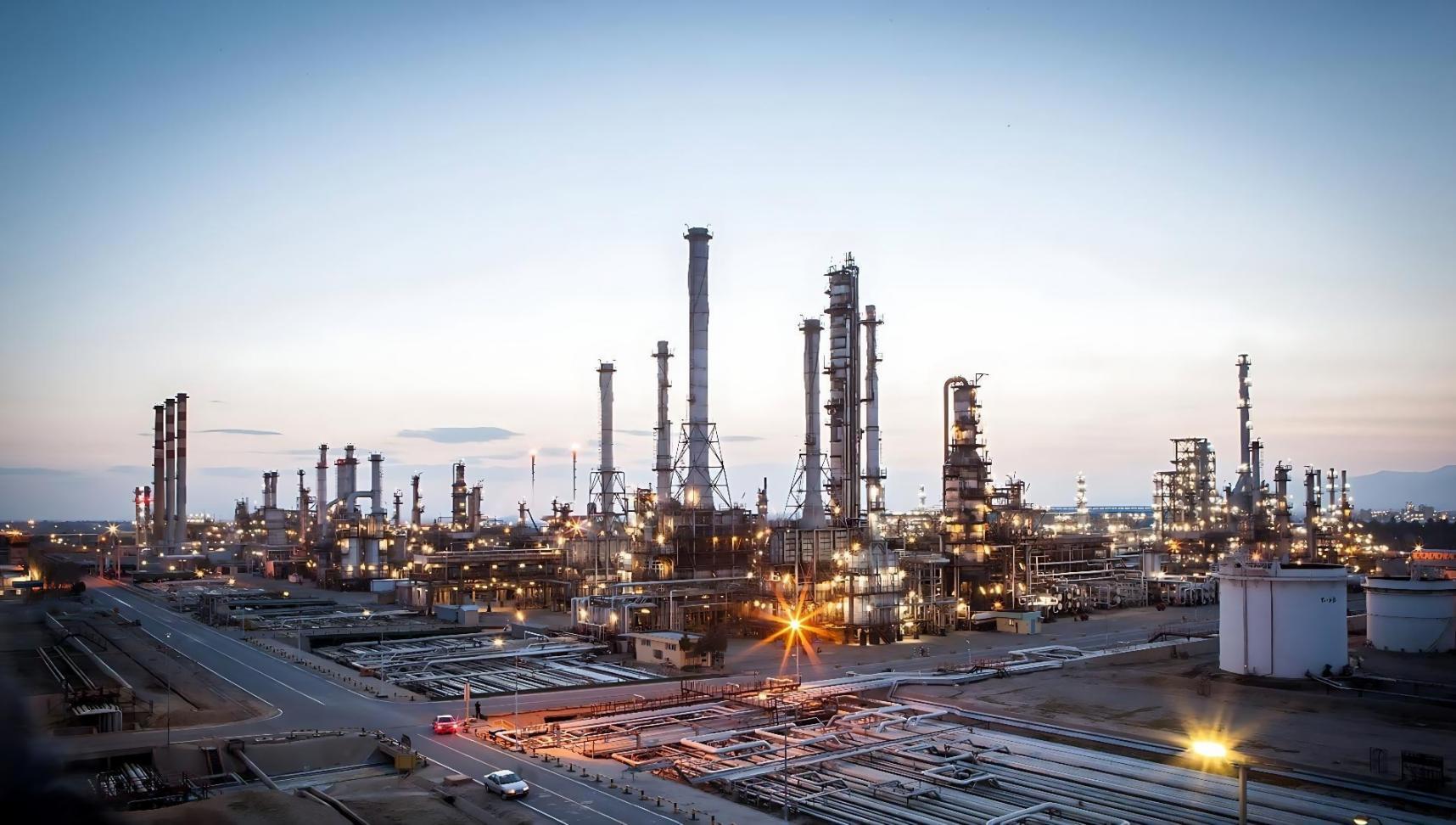





Unlock Reservoir Secrets, Power Your Expertise
When we talk about oil and gas reservoir management, we're not just teaching technical skills or rattling off formulas for reservoir simulation. It goes deeper than that—there’s a philosophy here, a way of thinking about resources, systems, and the domino effects of every decision you make. The material is designed to reflect the real world, where things rarely go according to the clean, linear logic of a textbook. We emphasize adaptability because, honestly, that’s what the work demands. Take something like waterflood design—on paper, it’s a straightforward process, right? But in practice, the reservoir doesn’t always respond the way you predict, and you’re left balancing conflicting data sets, trying to decide whether the issue is heterogeneity, communication between zones, or something else entirely. It’s messy, and we don’t shy away from that in the course. One of the biggest challenges for participants is shifting from the mindset of "getting the right answer" to embracing uncertainty. For people who’ve built their careers on precision—engineers, geoscientists, technical managers—this can feel uncomfortable at first. They’ll ask, “But which model is correct?” And the answer, frustrating as it may sound, is often, “It depends.” It depends on priorities, on economics, on the quality of the data you have available. I’ve seen experienced professionals wrestle with this, especially during exercises where we introduce unexpected variables mid-scenario—like a sudden drop in bottomhole pressure that wasn’t part of the initial dataset. Some people love the twist; others find it maddening. But by the end, most recognize that this kind of curveball is exactly what happens in the field. And yet, what surprises participants most isn’t the technical stuff at all. It’s how these skills creep into areas they never expected. One guy told me he found himself using material balance concepts—not in a reservoir, but when analyzing logistics for his company’s supply chain. Another described realizing, mid-meeting, that the way we discuss trade-offs between recovery factors and operational costs could just as easily apply to managing his team’s workload. It’s funny—people come here expecting to learn how to model reservoirs, but they leave with a broader framework for decision-making that seems to follow them back into all kinds of corners of their work. The process isn’t easy. There are moments when students feel overwhelmed, and the learning curve can feel steep—especially when we throw them into group projects with people who might have completely different professional backgrounds. But in my experience, that’s where the real learning happens. You’ll see a reservoir engineer sitting down with a production geologist or an economist, and at first, it’s awkward as hell because their approaches don’t align. But then they start finding common ground, questioning each other’s assumptions, and the result is almost always something stronger than what any of them could’ve come up with alone. So, what should participants really take away from this? Not just technical competence, though that’s a given. More than anything, it’s the ability to navigate the gray areas, to stay curious even when things aren’t clear-cut, and to recognize that managing reservoirs—or teams, or budgets, or anything else, for that matter—isn’t just about knowledge. It’s about perspective.
Request